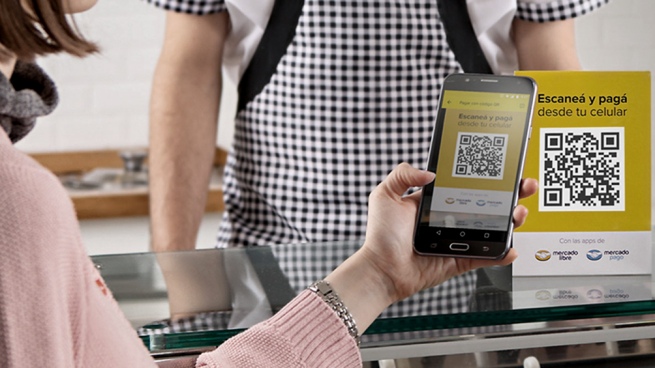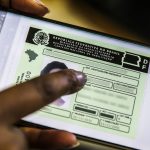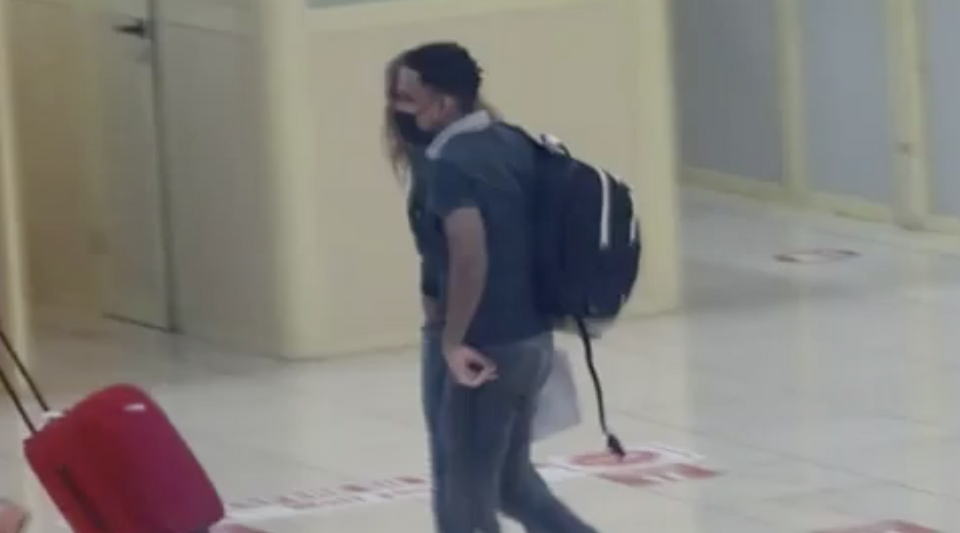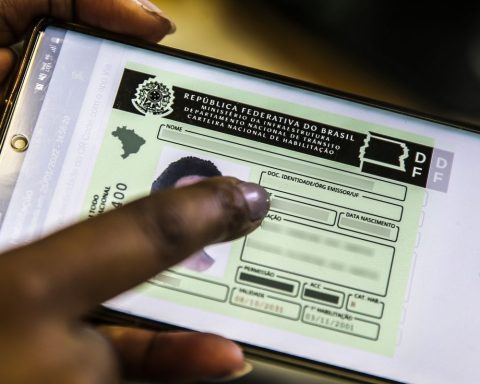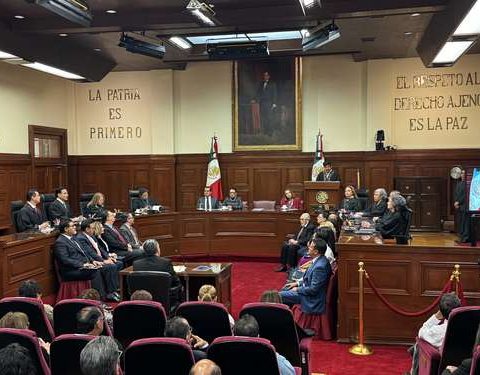The system 3.0 transfers, the digital payments mechanism with QR codes, began operating fully in Argentina this Monday and allows you to use any virtual wallet, whether from a bank or a fintech, to pay in all businesses that accept this means of payment, regardless of the company that provides the code.
The system enables businesses to receive money instantly, irrevocably and with the lowest commission in the market, which helps to simplify operations and compete against cash, which, despite the advancement of virtual payment mechanisms, continues to be the form of payment used in about 8 out of 10 transactions.
It is the end point of a system in which, for almost two years, the Central Bank (BCRA), public and private banks, fintech companies, credit and debit card companies and clearing houses have worked together. and payment administrators (Coelsa, Fiserv, Red Link and Prisma).
As of Transfers 3.0, the maximum accreditation period for businesses is 25 seconds, with a commission that is in the range of 0.6% to 0.8%, depending on the type of acceptor and its price competition policy.
The objective of all actors is the same: to facilitate and simplify digital payments, enlarge the market for the use of electronic money with more competition and, at the same time, reduce the use of cash in order to expand financial inclusion and formalize a large sector of the economy.
The objective is to facilitate and simplify digital payments, enlarge the market for the use of electronic money with more competition, reduce the use of cash in order to expand financial inclusion and formalize a large sector of the economy.
To achieve the interoperability of the QR codes, cooperation was necessary from both the payment infrastructure and the regulations, the product developments of each of the companies interested in reading the QR codes and the commercial decisions of each participating fintech or bank. .
For this reason, the first tests of the system began in December of last year, with the opening of codes by key companies of the system in large stores and chains with a presence throughout the country, with the idea of ensuring correct operation and avoiding a bad user experience.
Payment Market, one of the main companies in the sector with more than 1.5 million businesses adhering to QR payments in Argentina, has since made progress in the incorporation of more than 5,200 stores from 18 chains such as Burger King, Farmacity and La Anónima, among others, in which now it is possible to pay with the applications BNA + and Cuenta DNI, of the banks Nación and Provincia; Yacaré, Reba and ANK; and MODO, the application developed by more than 30 banks to streamline payments and transfers.
Integrated system
“What we are looking for with Transfers 3.0 is to integrate the entire electronic payment system; it goes in the same way that we have done with the electronic check and with the electronic credit invoice”, assured the president of the BCRA, Miguel Pesce, in a meeting with the chambers of commerce days ago.
“The intention is to replace cash with Transfers 3.0 as the predominant means of payment in our economy and for this system to be effective and efficient, both for the person who is going to pay and for the person who is going to collect,” he added.
“This interoperability is almost unique in the world. We want to make it as easy for merchants to accept cash as a digital wallet payment system. That’s why we encourage immediate payment to merchants. Prompt payment will put a lot of pressure on all of us. actors to provide better services in the market, “said Maia Eliscovich, head of Ualá Bis, this week at a conference organized by the Argentine Chamber of Fintech.
“What we are looking for with Transfers 3.0 is to integrate the entire electronic payment system; it goes in the same way that we have done with the electronic check and with the electronic credit invoice.”MIGUEL PESCE
On June 2021, more than 8.5 operations were carried out per adult with electronic means of payment -debit, credit or electronic transfer cards-, reaching a maximum monthly mark since the series was registered, while the total of operations carried out in the first half of the year was 40% higher than the average for the same period in 2020, according to data from the BCRA’s Financial Inclusion Report.
Although there has been a growing trend in the use of all electronic means of payment for a few years -except for credit cards-, the greatest dynamism was observed among electronic transfers whose participation in total operations went from 4% in January 2016 to 23% in June 2021.
The effect of the pandemic on consumer habits, the proliferation in the use of electronic wallets and regulatory changes to facilitate the interoperability of payment methods are some of the factors that explain this change in behavior.
In fact, one of the payment methods that grew the most during this time was payments by means of QR code that had variation rates of 136% in quantities and 140% in real amounts compared to the average values of 2019 and 2020.
“The massive use of QR will depend on the education that is carried out on users. Today 8 out of 10 transactions are still in cash and 6 out of 10 people do not use a bank account, so the challenge is financial inclusion and overcoming the cash barrier, “said Agustín Viola, director of Mercado Pago.
